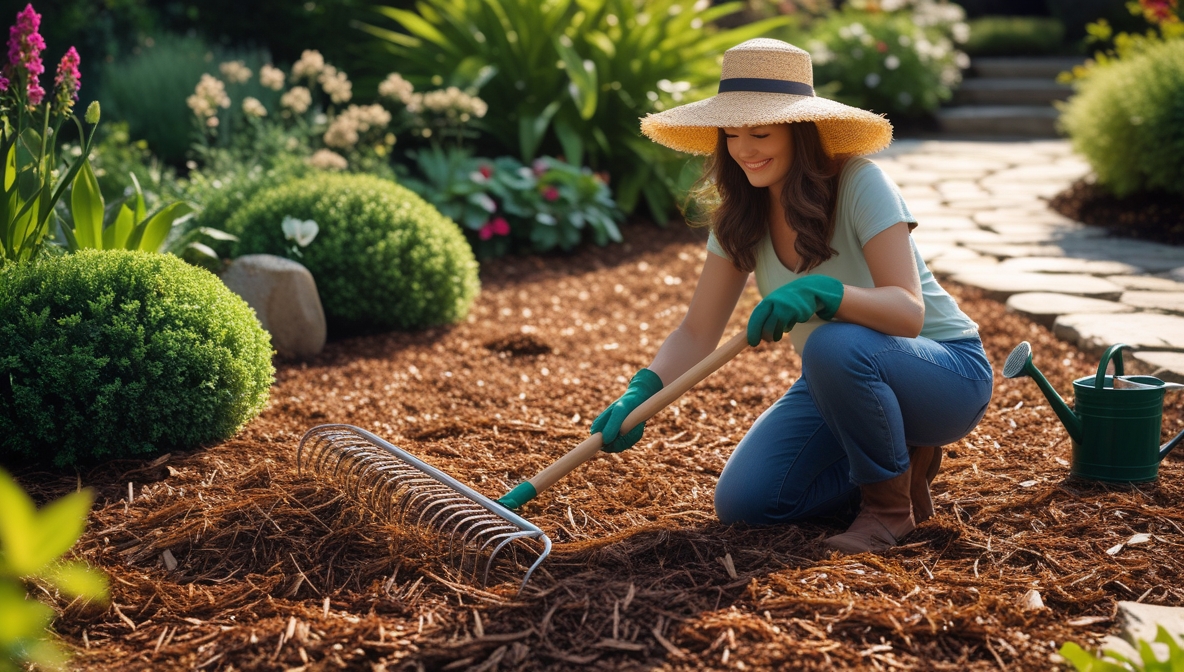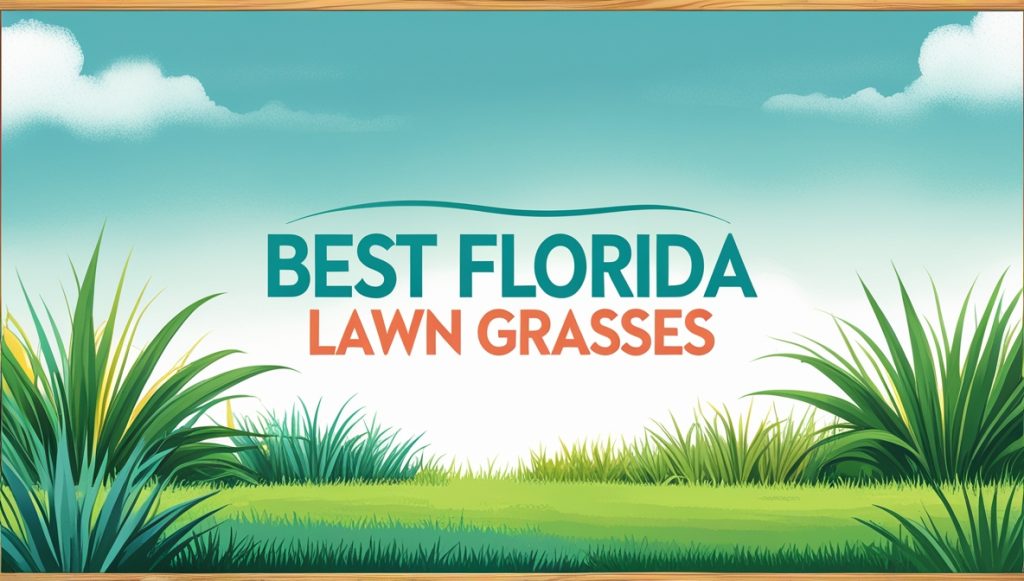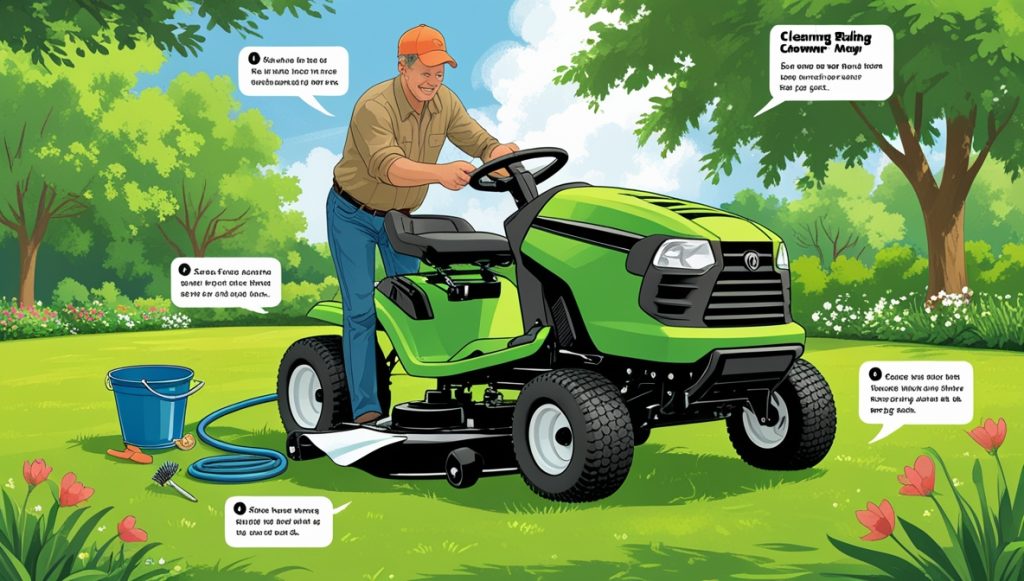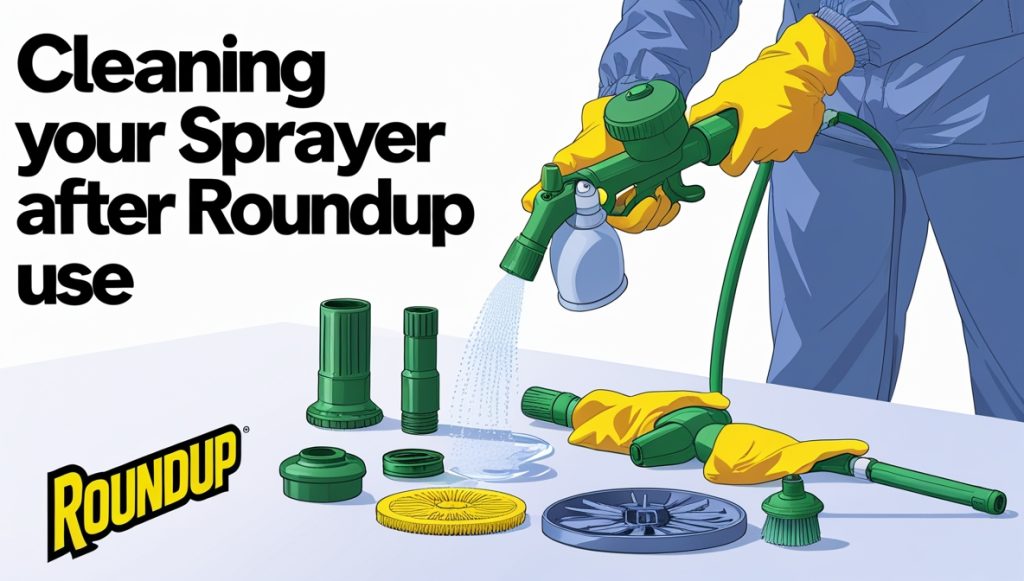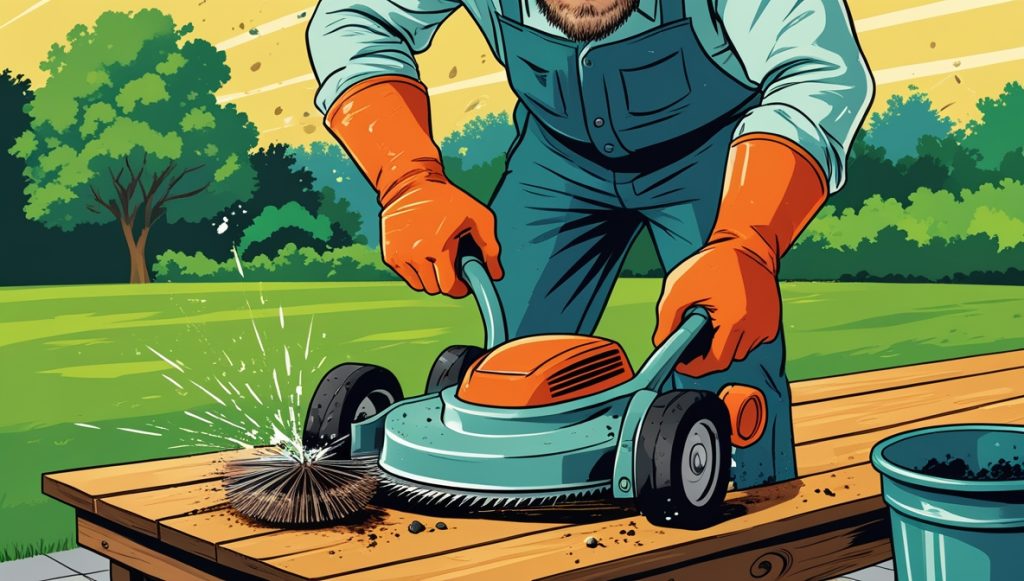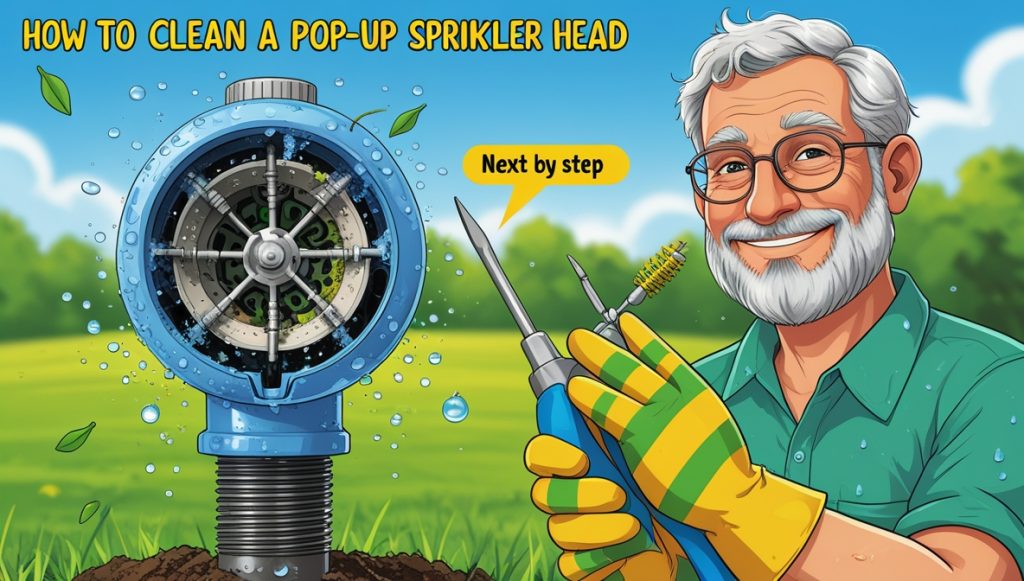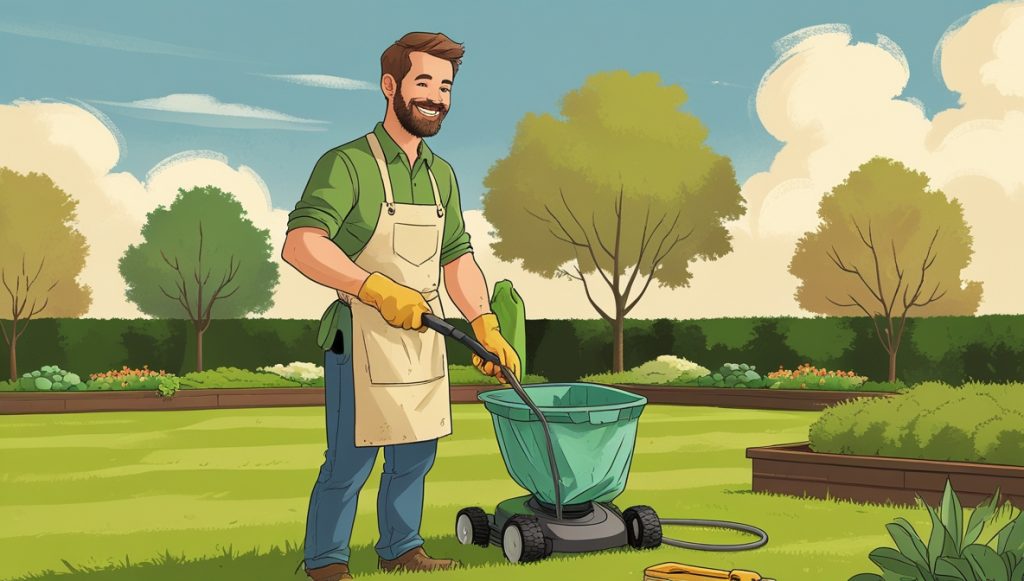Tired of looking at those messy mulch beds? Don’t worry, sprucing them up is easier than you think! This guide will walk you through a complete {how to clean mulch beds} process, from prepping the area to adding fresh mulch and keeping them looking great all year round. Let’s get started and transform those tired beds into vibrant, inviting spaces!
Contents
- Getting Started: Prep Work is Key
- Removing Debris: Rake it All Away
- Weed Whacking: Banish the Unwanted
- Thatch Removal: Thinning Out the Mulch
- Addressing Pests: Bugs and Critters
- Deep Cleaning: Power Washing Options
- Replenishing Mulch: Adding Fresh Layers
- Mulch Types: Choosing the Right One
- Maintaining Beds: Tips for Ongoing Care
Getting Started: Prep Work is Key
Before you even touch a rake, take a moment to plan your attack. First, clear the area around your mulch beds. Move any furniture, garden ornaments, or tools that might get in the way. This will give you plenty of room to work and prevent accidental damage. Next, gather your supplies. You’ll need a rake, garden gloves, a shovel or trowel (depending on the task), and a wheelbarrow or trash cans for debris removal. Finally, consider the weather. A dry day is ideal for working with mulch; wet mulch is heavier and stickier.
Assess the condition of your mulch beds. Are there just a few leaves and twigs scattered about, or is it a more serious undertaking? Knowing the extent of the cleaning needed will help you estimate the time and resources required. Take photos before you begin! This will help you see the progress and appreciate your hard work later. A quick visual assessment will also help you determine if you need additional tools, such as a power washer or weed trimmer.
Remember safety first! Wear appropriate clothing, including long sleeves and pants to protect yourself from scratches and insect bites. Garden gloves are essential to protect your hands from thorns and splinters. If you plan on using power tools, always wear safety glasses and follow the manufacturer’s instructions carefully.
Removing Debris: Rake it All Away
Grab your rake and start clearing away all the loose debris. This includes leaves, twigs, small branches, and any other loose material that’s accumulated on top of the mulch. Work systematically, starting at one end of the bed and raking towards the other. Use a sweeping motion to gather the debris into piles. Don’t worry about getting everything perfectly clean at this stage; just remove the larger, easily accessible items.
As you rake, keep an eye out for any larger pieces of debris that might require more effort to remove. These could be rocks, larger branches, or even discarded items that have found their way into the mulch. Use a shovel or trowel to carefully lift and remove these items. Remember to dispose of the debris properly – composting is a great option for organic matter. If you have a lot of debris, consider using a tarp to make collection and disposal easier.
Once you’ve raked the majority of the loose debris, take a step back and assess your progress. Are there any areas that need further attention? You might need to go over certain sections again to ensure all loose material is removed. Remember, a thorough raking is the foundation for a successful mulch bed cleaning.
Weed Whacking: Banish the Unwanted
Weeds are the bane of any gardener’s existence, and mulch beds are no exception. Before you start pulling weeds, consider the type and density of weeds you’re dealing with. For smaller weeds, hand-pulling is often the most effective method. For larger, more established weeds, a weeding tool or hoe might be necessary. Always pull weeds from the root to prevent regrowth.
If you have a large area to cover or persistent weeds, a weed wacker can be a time-saver. However, be careful not to damage the mulch or surrounding plants. Use a light touch and keep the wacker moving to avoid gouging or tearing the mulch. Remember to wear safety glasses and follow all manufacturer instructions when using power tools.
Dispose of the weeds properly. Composting is generally a good option, but avoid composting weeds that are diseased or invasive. If you’re dealing with particularly aggressive weeds, bag them up and dispose of them in the trash to prevent their spread.
Thatch Removal: Thinning Out the Mulch
Over time, mulch can decompose and form a thick layer of thatch. This can suffocate plants and create a breeding ground for pests. Thatch removal involves thinning out the existing mulch layer to improve air circulation and water penetration. Use a garden fork or a specialized thatch rake to gently loosen and remove the compacted mulch.
Start by carefully raking back the top layer of mulch. Look for areas where the mulch is particularly thick or compacted. Use the fork or rake to gently loosen and lift the thatch, being careful not to damage the underlying plants. You might need to remove a significant amount of mulch, depending on the thickness of the thatch layer. Remove only what’s necessary; you want to avoid stripping the bed completely.
Once you’ve removed the thatch, assess the remaining mulch layer. If it’s still too thick, you can remove more, but try to maintain a healthy layer of mulch to protect the soil and retain moisture. Dispose of the removed mulch appropriately – composting is a good option for organic mulches.
Addressing Pests: Bugs and Critters
Regularly inspect your mulch beds for signs of pests. Common culprits include slugs, snails, ants, and various insects. Identify the pests and choose an appropriate control method. For example, you might use slug bait for slugs and snails, or insecticidal soap for insects. Always follow the instructions on the product label carefully.
Consider natural pest control methods. Introducing beneficial insects, such as ladybugs, can help control pest populations. You can also use diatomaceous earth, a natural insecticide, to control certain pests. Always research the best method for the specific pests you’re dealing with and ensure it’s safe for your plants and pets.
Prevention is key. Keeping your mulch beds clean and well-maintained can help prevent pest infestations. Proper watering and good air circulation are also important factors in maintaining a healthy environment for your plants and discouraging pests.
Deep Cleaning: Power Washing Options
For a truly deep clean, a power washer can be a game-changer. However, use caution! Power washing can damage plants if used improperly. Start with a low pressure setting and test it on a small, inconspicuous area before tackling the entire bed. Keep the nozzle moving constantly to avoid stripping the mulch or damaging plants.
Focus on areas with stubborn stains or heavy dirt buildup. Power washing is particularly effective for removing mud, algae, and other ingrained dirt. Always wear safety glasses and protective clothing when using a power washer. Remember, too much pressure can damage plants and even erode the soil, so proceed with caution.
After power washing, allow the mulch beds to dry completely before adding fresh mulch or planting. This will prevent the growth of mold or mildew. If you have sensitive plants, hand-cleaning might be a safer option than power washing.
Replenishing Mulch: Adding Fresh Layers
Once you’ve cleaned your mulch beds, it’s time to replenish the mulch. The amount you need will depend on how much you removed during the cleaning process. Aim for a layer that’s 2-3 inches deep. This will provide adequate weed suppression, moisture retention, and insulation for your plants.
Choose a mulch that suits your needs and aesthetic preferences. Consider factors such as cost, availability, and the type of plants in your beds. Organic mulches, such as wood chips and shredded bark, decompose over time, enriching the soil. Inorganic mulches, such as gravel and rocks, last longer but don’t add nutrients to the soil.
Spread the new mulch evenly over the beds, ensuring it’s distributed consistently. Avoid piling the mulch too thickly around the base of plants, as this can lead to rot. Take your time and create a neat, uniform appearance.
Mulch Types: Choosing the Right One
Many mulch types exist, each with its own pros and cons. Wood chips are a classic choice, offering excellent weed suppression and moisture retention. They decompose over time, enriching the soil. Shredded bark provides a similar benefit but often has a finer texture. Stone mulches, like gravel or river rock, are durable and long-lasting but don’t break down and add nutrients to the soil.
Consider your budget and aesthetic preferences when choosing mulch. Wood-based mulches are generally more affordable than stone mulches. Think about the overall look you want to achieve in your garden. Some mulches, like cocoa bean hulls, have a distinctive color and aroma. Research different types to find the best fit for your garden.
Always check the source of your mulch. Ensure it’s free of weeds, pests, and harmful chemicals. Look for certified organic mulches if you prefer environmentally friendly options.
Maintaining Beds: Tips for Ongoing Care
Regular maintenance is key to keeping your mulch beds looking their best. Regularly remove fallen leaves and debris. This prevents the buildup of thatch and keeps your beds looking tidy. A quick rake-over every few weeks can make a big difference. This also helps you spot weeds early before they become a problem.
Consider edging your mulch beds to maintain a clean, defined look. This is especially important if you have a formal garden design. Use a garden spade or edging tool to create a neat border between the mulch and the surrounding lawn or pavement. This small detail can make a big difference in the overall appearance of your garden.
Keep an eye out for weeds and pests. Address them promptly to prevent infestations. Regular watering is also important, especially during dry periods. Proper moisture levels
